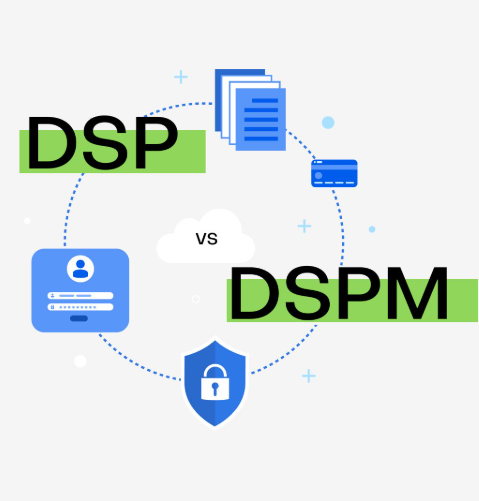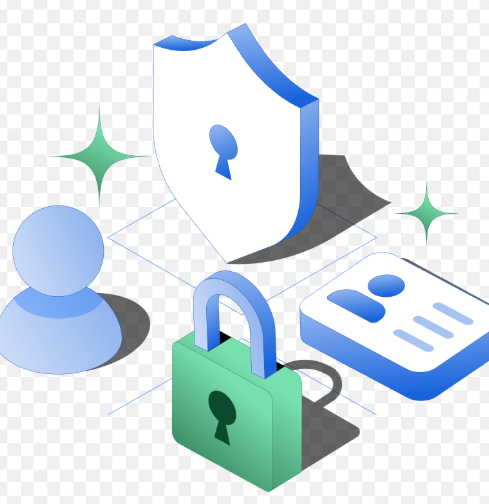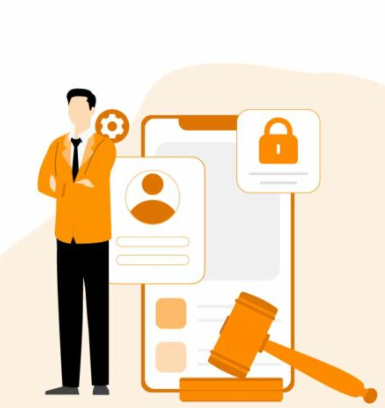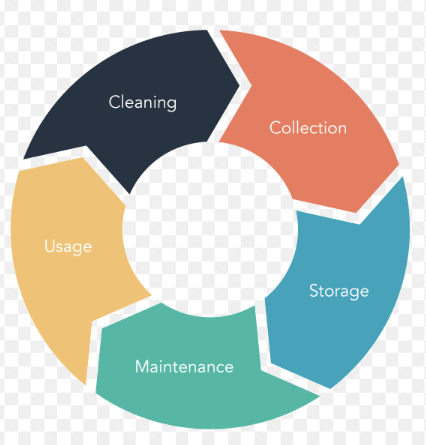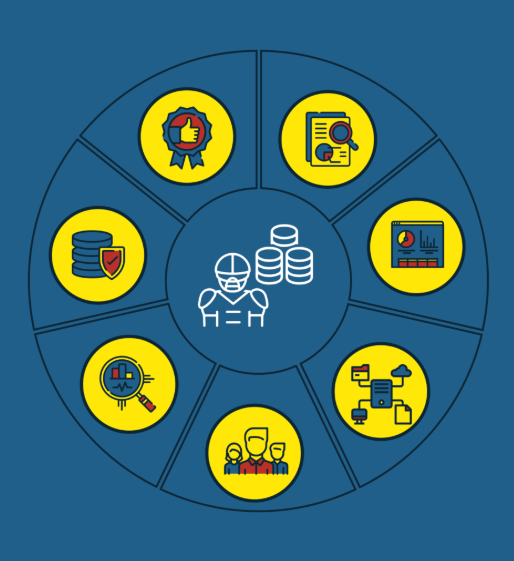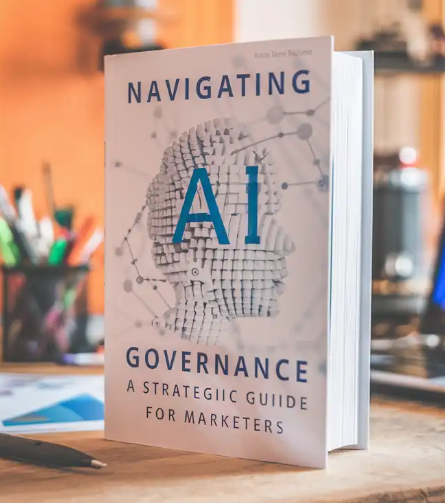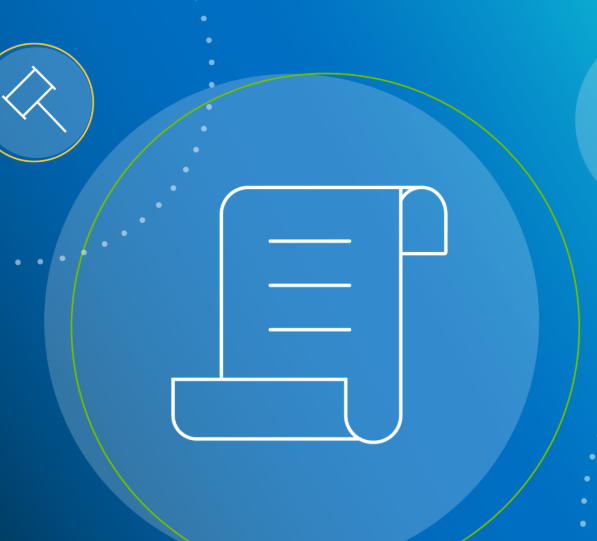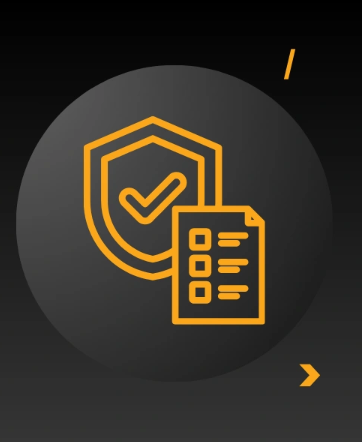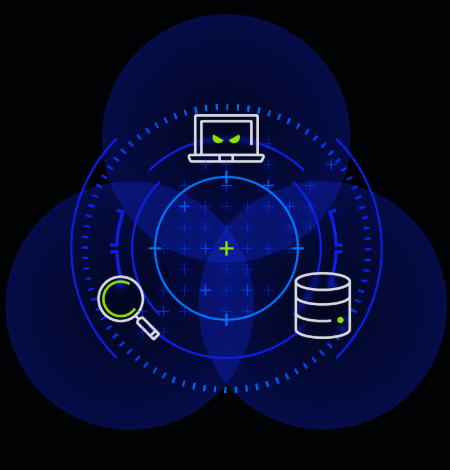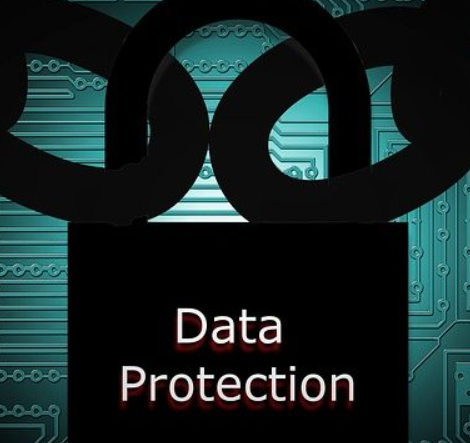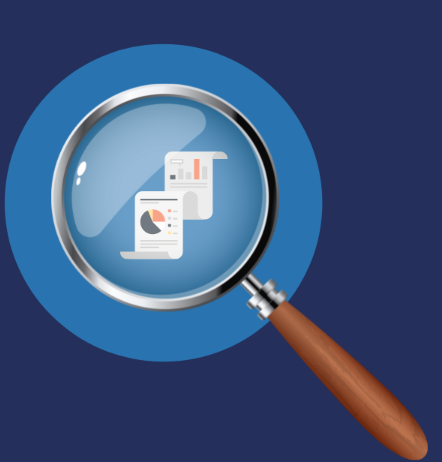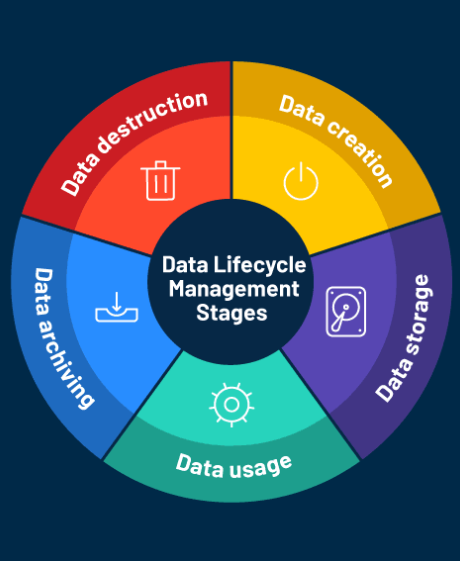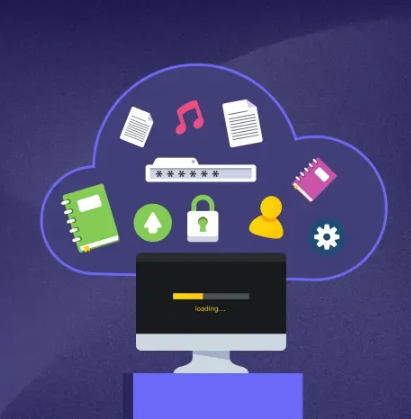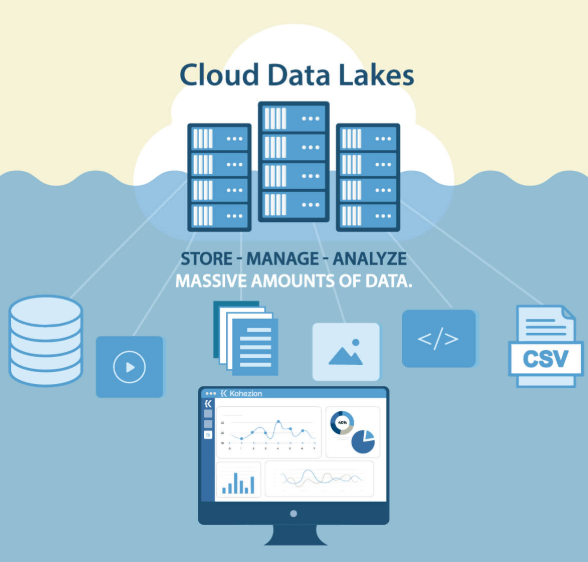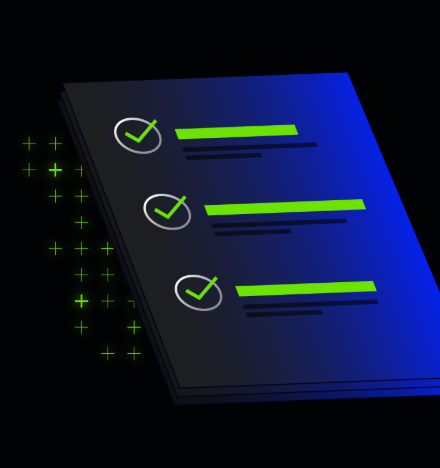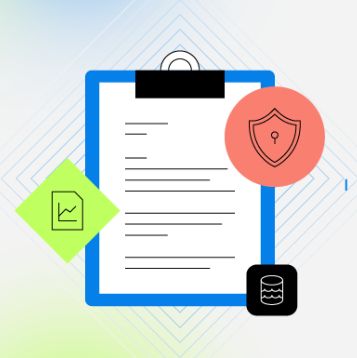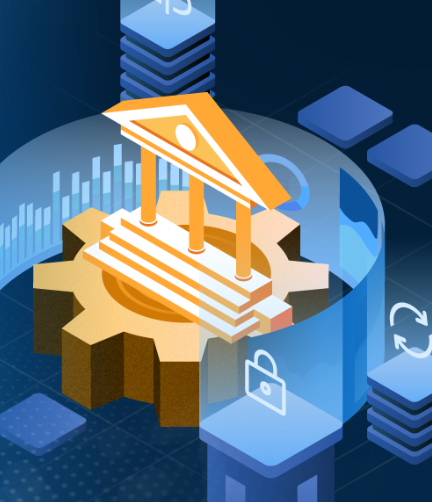
In today’s digital landscape, data is the backbone of every business, driving decisions, operations, and customer interactions. However, as data becomes increasingly valuable, it also becomes a prime target for cyber threats. Protecting your organization’s sensitive information is crucial, and Data Loss Prevention (DLP) has emerged as a critical function to secure your data from breaches, leaks, and misuse. This article dives into the significance of DLP, its best practices, and strategies for securing your business data.
The Growing Need for Data Loss Prevention
The frequency and impact of data breaches have been escalating in recent years. With the average cost of a data breach now reaching approximately $4.24 million, businesses can no longer afford to overlook their data protection strategies. DLP is essential not only for defending against external cyberattacks but also for managing internal risks, including accidental leaks and employee negligence.
What is Data Loss Prevention?
Data Loss Prevention (DLP) is a set of tools and policies designed to ensure sensitive data is not accidentally or maliciously exposed, lost, or accessed by unauthorized individuals. DLP solutions work by identifying, monitoring, and safeguarding data within the organization, aiming to prevent both external and internal threats. These measures also help prevent unintentional data leaks, such as sending sensitive information to the wrong recipient.
Key Risks That DLP Addresses
DLP tackles a variety of risks, including:
- Internal Threats: Insiders with malicious intent or even employees who make mistakes can expose sensitive data.
- External Threats: Hackers attempting to steal valuable information from your systems.
- Accidental Loss: Human errors, like sharing a document with the wrong recipient, can result in significant data breaches.
The Role of Data Classification in DLP
A key element of any effective DLP strategy is data classification. Classifying data based on its sensitivity ensures that appropriate security measures are applied. Without proper classification, sensitive information may be overlooked, increasing the risk of a breach.
Steps to Implement Data Classification
- Identify Sensitive Data: Recognize what data within your organization is classified as sensitive, such as financial records or personally identifiable information.
- Categorize Data: Label data with classifications such as “Confidential,” “Internal Use Only,” or “Public” to ensure different levels of security are applied.
- Assign Security Protocols: Based on the classification, apply encryption, access controls, and other protective measures to secure the data.
Best Practices for Data Loss Prevention
Here are some best practices that businesses can adopt to improve their DLP efforts:
- Role-Based Access Control (RBAC): Limit access to data based on user roles. Only grant employees the access they need for their job function.
- Principle of Least Privilege: Ensure users have the minimum level of access necessary for their tasks, reducing the risk of unauthorized data access.
- Data Encryption: Encrypt data both in transit and at rest to prevent unauthorized access, even if it’s intercepted.
- Backup and Recovery: Regularly back up data and store it securely to mitigate the risk of data loss. Test your backup and recovery procedures frequently.
- Employee Training: Regularly train staff on security best practices and how to recognize potential threats like phishing emails.
- Endpoint Protection: Use endpoint security solutions to protect devices that access your network, ensuring they are secure from malware or breaches.
- Network Security: Implement firewalls, intrusion detection systems (IDS), and VPNs to protect the network and ensure secure communication.
Advanced Techniques in Data Loss Prevention
In addition to the basics, businesses can benefit from advanced DLP strategies to further protect their data:
- Behavioral Analytics: Use AI and machine learning to monitor user behavior and detect unusual access patterns, helping identify potential insider threats.
- Data Masking: Mask sensitive data to protect it during development or testing without exposing real data.
- Cloud Security: With the rise of cloud-based services, Cloud Access Security Brokers (CASBs) provide an additional layer of security for businesses using cloud applications. CASBs enforce DLP policies across cloud environments, ensuring compliance with data protection regulations.
Automated Response Systems
Modern DLP systems can include automated responses to potential threats. This may involve isolating affected files, locking user accounts, or restricting access until the threat is resolved. Automation helps businesses quickly mitigate damage and respond to security incidents without delay.
Risk-Based DLP Policies
Implementing risk-based DLP policies allows organizations to prioritize data protection efforts based on the sensitivity of data and the potential impact of a breach. This approach ensures that resources are allocated efficiently, focusing on the areas with the highest risk.
Conclusion
Data loss prevention is no longer just an IT concern; it is a critical business function that directly impacts an organization’s bottom line. By implementing a comprehensive DLP strategy that includes data classification, encryption, regular training, and advanced security measures, businesses can protect sensitive data from a variety of threats.
Given the evolving landscape of cybersecurity risks, it’s essential to take proactive steps now to secure your organization’s data. A robust DLP strategy is not only vital for compliance but also for maintaining customer trust and safeguarding your business’s reputation. Protecting your data is an ongoing effort, but with the right tools and practices in place, you can significantly reduce the risk of costly data breaches.













